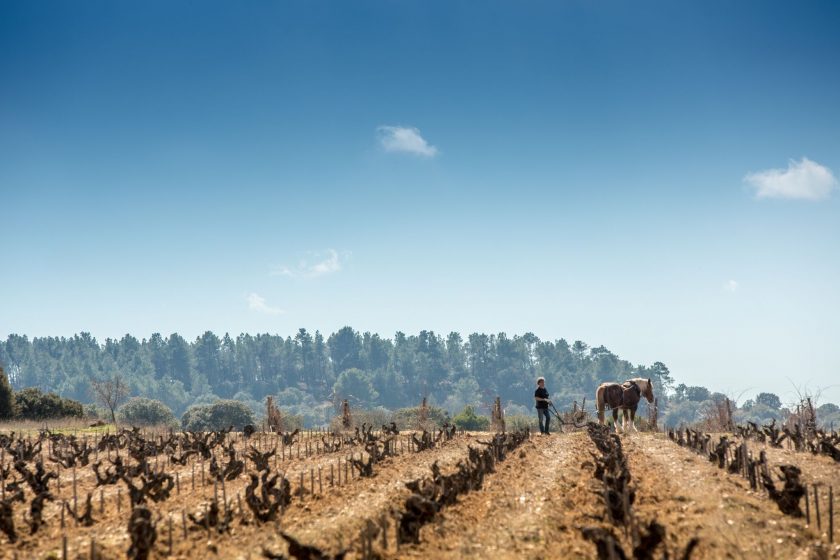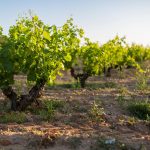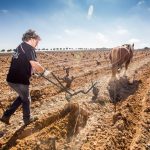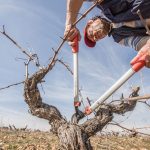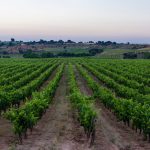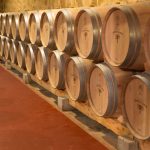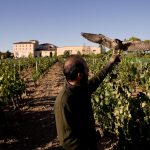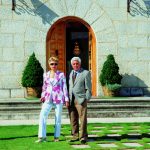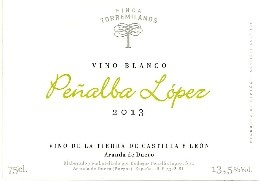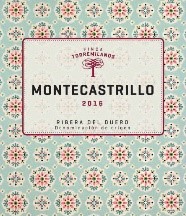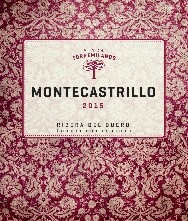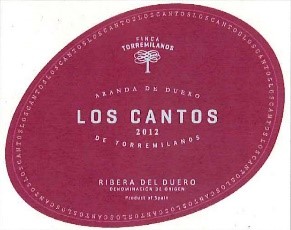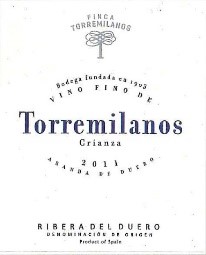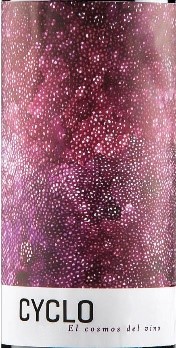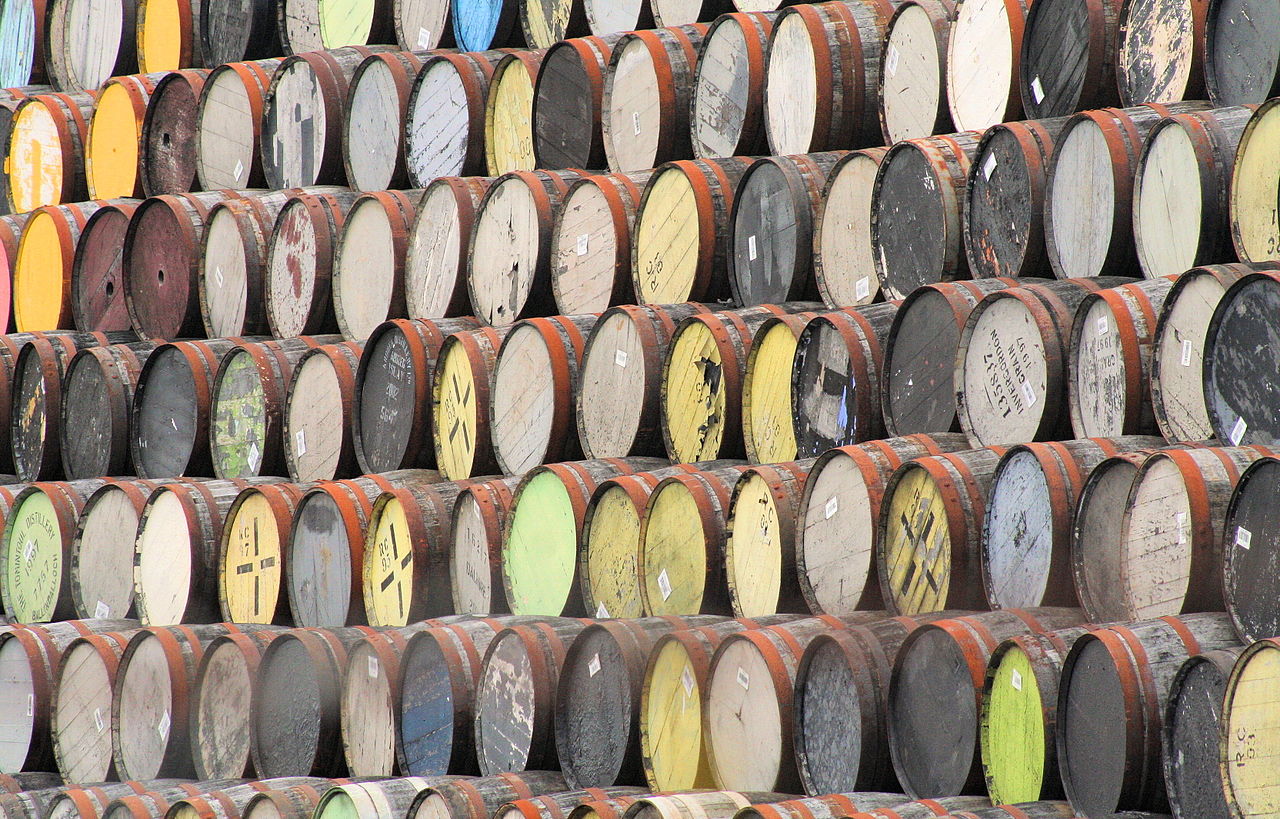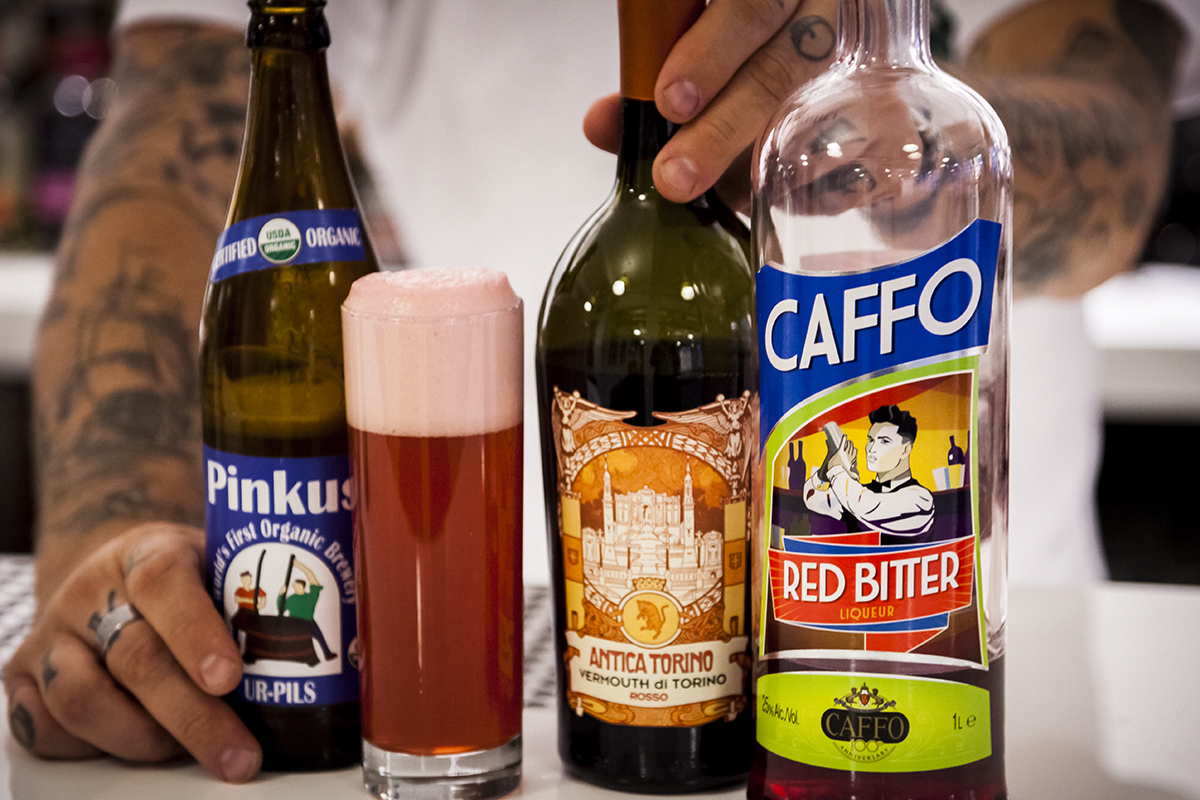So rapid has been the rise of the Ribera del Duero’s star, so commanding its market presence of late, that it’s easy to forget its short life as a government-ratified denominación dates only to 1982. It’s not, of course, that wine wasn’t being made; the usual traces of Roman occupation and medieval-monkish cultivation testify, as in so many other corners of Europe, to a millennia-old tradition. But after the monolithic legend of Vega Sicilia, the standard narrative elides more than a century from 1864, the year of that estate’s founding, to the 70s-era rocket-fuel injection of Pesquera. And it was almost precisely in the middle of this “forgotten century”, in 1903, that the second-oldest estate in the Duero river valley was established: Finca Torremilanos.
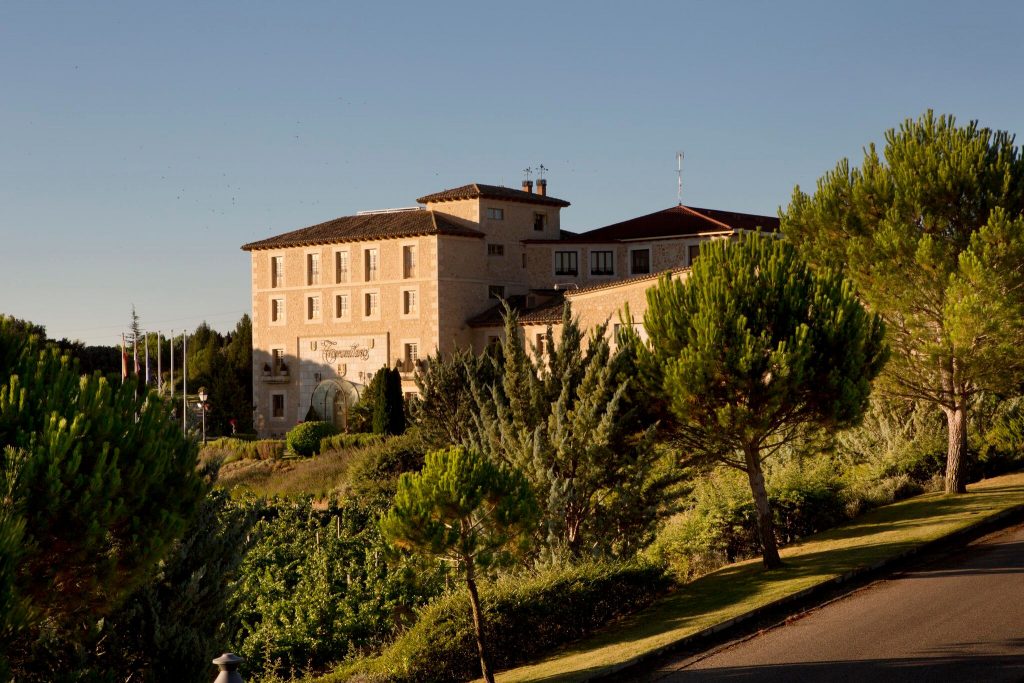 Perched on the gentle eastern slopes of the wooded Monte de Castrillo outside of Aranda de Duero, the Finca farmed its vines (Tempranillo interspersed, in the old fashion, with other varieties) and, under the tutelage of Calixto Seijas, pioneered the production of red wines in an area dominated by the pale clarete style. By 1975 the estate had grown to around 60 hectares of vines, an equal surface of almond trees, and some chickens and goats, but was selling all of its grapes to cooperatives. It was then that Pablo Peñalba López stepped in, bought the estate, and quickly ushered it into the modern era.
Perched on the gentle eastern slopes of the wooded Monte de Castrillo outside of Aranda de Duero, the Finca farmed its vines (Tempranillo interspersed, in the old fashion, with other varieties) and, under the tutelage of Calixto Seijas, pioneered the production of red wines in an area dominated by the pale clarete style. By 1975 the estate had grown to around 60 hectares of vines, an equal surface of almond trees, and some chickens and goats, but was selling all of its grapes to cooperatives. It was then that Pablo Peñalba López stepped in, bought the estate, and quickly ushered it into the modern era.
Within a year of Peñalba’s acquisition, estate-bottling was again the norm and wines were being aged in oak, destined for the crianza and reserva designations. Bottles from this era, many of them surprisingly fresh and vibrant, can still be found floating around secondary markets. 1988 saw the debut of the in-house cooperage which to this day produces all of the estate’s own 225L French and American oak barrels.
The beginning of Torremilanos’ current apotheosis really begins with the arrival of the next generation. Ricardo, the eldest son, joined the estate in the early 2000s and immediately sought to experiment with organic farming and plowing by horse in small blocks (the 2003 Cyclo was his first wine). The organic blocks began to gobble up the conventional ones, and by the late 2000s biodynamic farming was the new experiment. As of 2015, the entire estate farms on Demeter-certified biodynamic principles—a first in the entire appellation. All biodynamic preparations are produced on the estate.
Finca Torremilanos today boasts about 200 hectares of vines basking in a variety of exposures and rooted in a panoply of soils (clay and rounded river stones, sand, limestone) at a crisp altitude of around 800 meters. The entire crop is hand-harvested at restricted yields, and all the wines are fermented with their robust native yeast populations before going (with only a couple all-tank exceptions) into estate-coopered barrels. In addition to Ricardo, the winemaker, the family enterprise sees Pilar, Pablo’s widow, managing the estate, Vicente promoting the wines around the world, and Miguel Ángel overseeing the viticulture. Truly a family-run, historic gem of an estate hidden right in plain view…
Vino Blanco ‘Peñalba López’ 2015
- 50% Tempranillo Blanco, 40% Sauvignon Blanc, 10% Viura
- Fermented and aged 11 months sur lie in 225L French barrels
Ribera del Duero ‘Montecastrillo Rosado’ 2016
- 100% Tempranillo from younger vines
- Direct-pressed and fermented in temperature-controlled stainless
Ribera del Duero ‘Montecastrillo Tinto’ 2015
- 100% Tempranillo from younger vines (roughly thirty years old)
- Raised for 4 months in French barrels
Ribera del Duero ‘Los Cantos’ 2014
- 95% Tempranillo, 5% Merlot
- A ‘soil selection’ from 35-year-old vines grown on cantos, or rounded river stones
- Raised for 13 months in French and American oak barrels
Ribera del Duero ‘Torremilanos’ 2013
- 95% Tempranillo, 5% Cabernet Sauvignon from fifty-year-old vines
- Raised 20 months in French and American oak barrels
- A field blend of 90% Tempranillo, 7% Garnacha and 3% Tempranillo Blanco
- From 100+ year-old-vines dating to the founding of the estate
- Raised 15 months in French barrels




